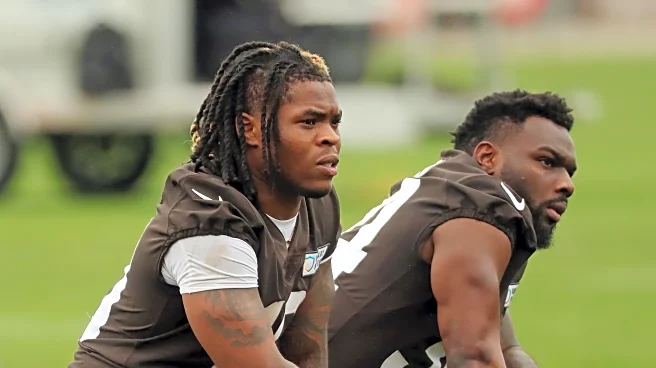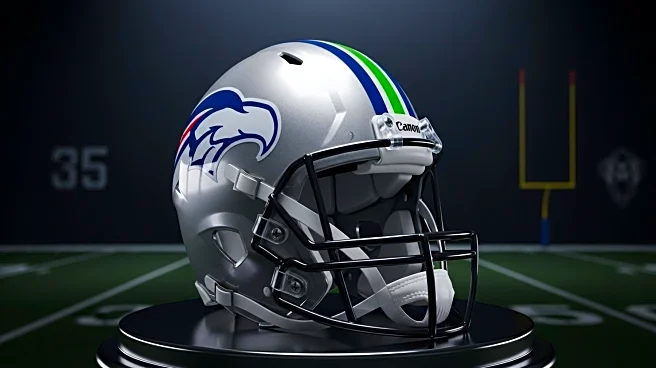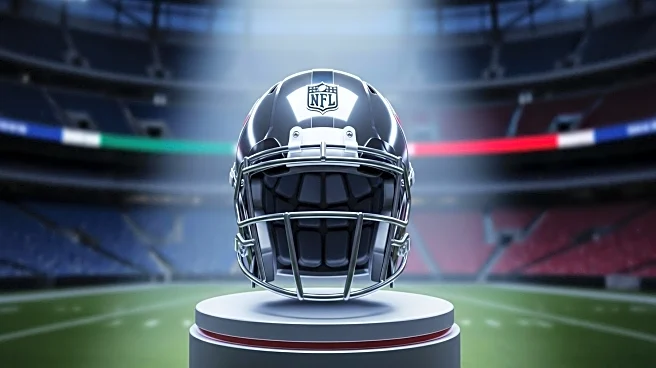What's Happening?
Derrick Henry, currently ranked 19th in career rushing yards with 11,423 yards, is on track to surpass Tony Dorsett for the 10th spot on the NFL's all-time rushing list. Henry needs 1,317 yards to achieve this milestone. Last season, Henry became the first running back over 30 years old to rush for at least 1,900 yards, showcasing his enduring athleticism. Additionally, Henry is poised to advance in career rushing touchdowns, needing just one more to move into sole possession of sixth place, currently tied with Jim Brown. He is also within reach of surpassing Adrian Peterson and Marcus Allen to secure third place all-time in rushing touchdowns.
Why It's Important?
Henry's pursuit of these milestones highlights his exceptional career and potential impact on NFL history. Achieving top 10 status in career rushing yards would solidify Henry's legacy as one of the league's greatest running backs. His ability to maintain high performance levels despite age-related expectations challenges conventional wisdom about the longevity of running backs in the NFL. Success in these milestones could influence team strategies, player contracts, and the valuation of veteran players in the league, potentially altering how teams approach player longevity and career management.
What's Next?
As Henry continues his quest for these records, his performance will be closely monitored by fans and analysts. Achieving these milestones could lead to increased recognition and potential Hall of Fame consideration. Teams may adjust their defensive strategies to counter Henry's running style, impacting game dynamics. Additionally, Henry's success could inspire other veteran players to pursue extended careers, influencing training and recovery practices across the league.
Beyond the Headlines
Henry's achievements could spark discussions about the evolving role of running backs in the NFL, particularly regarding age and performance expectations. His success may challenge stereotypes about player longevity and prompt a reevaluation of how running backs are utilized and valued. This could lead to broader changes in player management and contract negotiations, potentially affecting the future landscape of the NFL.












